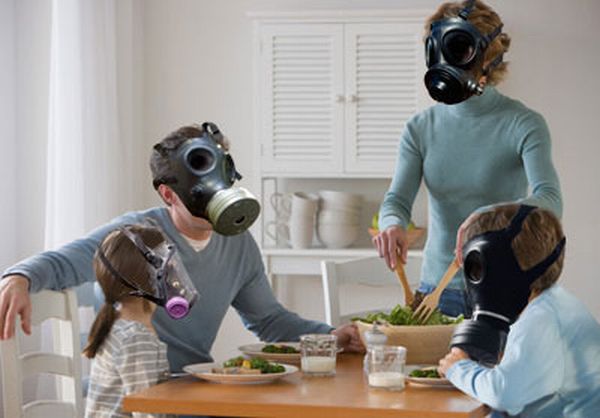According to a recent report by the World Health Organization, 1 in 8 people die from air pollution. Air pollution has also been linked to heart disease, strokes, and cancer. As a result, the organization declared, “Air pollution is the single greatest environmental health risk in the world today.” Although there are thousands of environmental risks in the world today, the World Health Organization deemed air pollution to be the most important one simply because it affects every single person on the planet. Although most people believe that the air they breathe is clean simply because it doesn’t look dirty, the reality is that even air that looks clean can be filled with dangerous pollutants. And indoor air can actually be worse than outdoor air. According to the Environmental Protection Agency, indoor air can be anywhere from 2-100 times as polluted as outdoor air.
Common pollution sources include smoke, pet dander, dust, and mold. Pollution levels vary from region to region, but they continue to pose a serious environmental risk in many areas. Although you may not be able to entirely eliminate pollution in your city, you can take proactive steps to reduce your carbon footprint and safeguard your indoor air. Here are a few suggestions:
1.) Reduce Your Carbon Footprint
Don’t fall into the trap of thinking that there’s nothing you can do to reduce air pollution. You can reduce the impact of air pollution simply by making positive changes in your day-to-day habits. Here are a few suggestions:
- Ride your bicycle or walk to work instead of driving.
- Take a bus or train instead of your car.
- Carpool.
- Sweep your driveway or deck instead of using a leaf blower.
- Refuel your vehicle at night, since hot temperatures and gasoline fumes produce ground-level ozone.
- Filter your own water instead of buying water bottles.
- Choose energy efficient appliances.
- Drive a fuel-efficient vehicle.
2.) Safeguard Your Home
Since Americans spend a majority of their time indoors, it’s important to make sure that indoor air is clean. There are several steps that can be taken to protect indoor air. Here are a few suggestions:
- Remove shoes at the doorway to keep from tracking mud and dust into the house.
- Wash your bedding weekly to remove dust mites.
- Dust regularly with a damp rag.
- Vacuum regularly to remove dust mites.
3.) Protect Indoor Air
Although you cannot change the pollution level in your neighborhood, you can control the pollution level in your home. Here are some steps you should take to reduce indoor air pollution:
- Don’t allow people to smoke indoors. This lowers indoor pollution levels.
- Change your air filters regularly to filter particulates out of your air. Air filters should be changed every 90 days for maximum effectiveness. Filters can remove up to 95% of indoor pollutants and particulates from your air, so make sure to change your air filters regularly in order to keep your home’s air clean. Consider subscribing to an air filter subscription service so that you’ll never have to worry about when to change your filters.
Andrew Philips is an electrician who lives in Seattle, WA.
